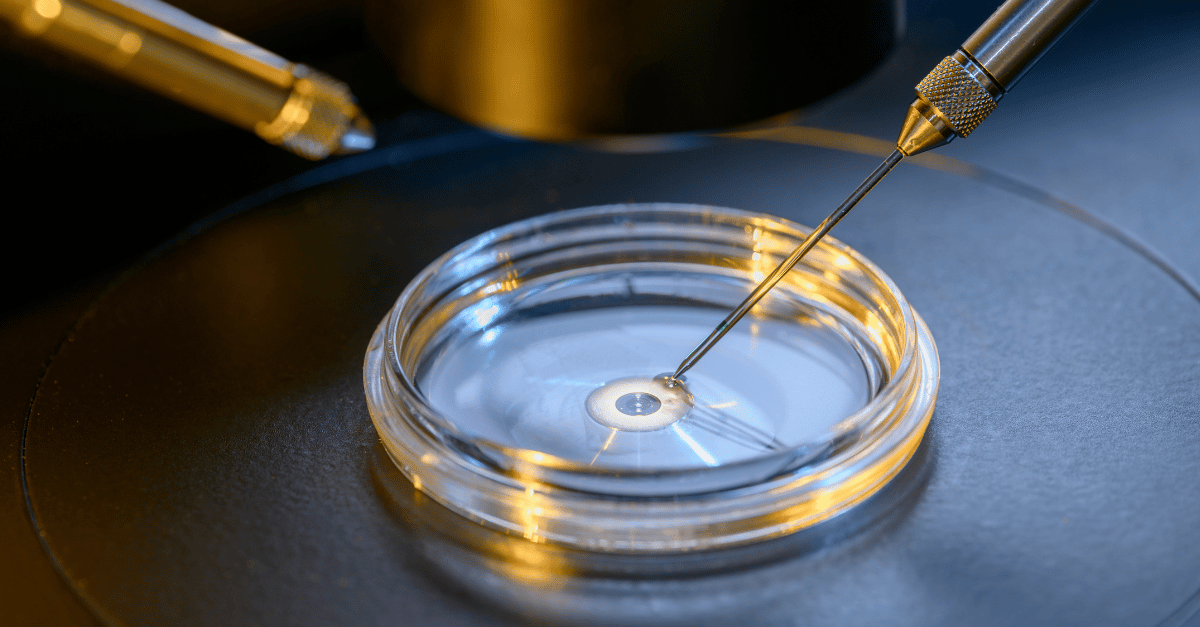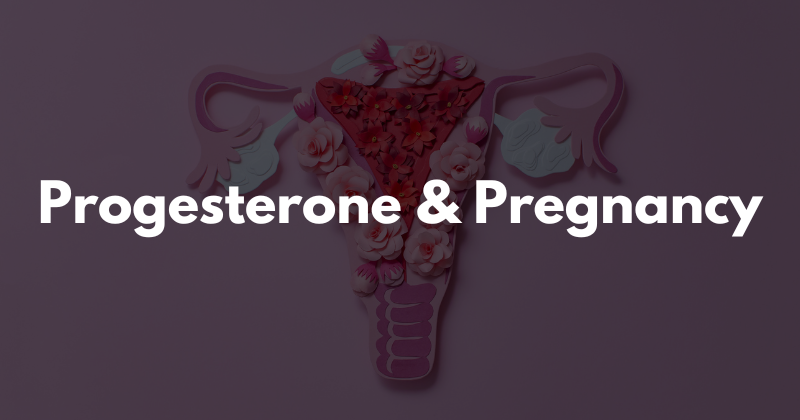Thinking about surrogacy? If so, it’s essential to understand the two main types: gestational surrogacy and traditional surrogacy.
Surrogacy is a powerful way to help hopeful parents build their families. It’s a journey filled with emotions, medical steps, and legal considerations. If you’ve been curious about how surrogacy works or wondering whether to choose gestational or traditional surrogacy, you’re in the right place.
More intended parents choose gestational surrogacy over traditional surrogacy in the U.S. but overall, it’s important to pick the right option for you and your family. That may mean going with traditional surrogacy instead. [source]
Key Differences Between Traditional and Gestational Surrogacy
| Aspect | Traditional Surrogacy | Gestational Surrogacy |
|---|---|---|
| Biological Link | Surrogate is the biological mother | No biological link to the surrogate |
| Process | Involves IUI or IVF with surrogate’s egg | IVF with intended mother’s or donor’s egg |
| Legal Factors | Can be legally complex due to genetic ties | Less legally complicated, as no genetic link |
| Emotional Risks | Higher due to surrogate’s genetic connection | Lower emotional risks for both parties |
| Popularity | Less common due to complexities | Most common due to legal and emotional clarity |
Let’s break down the details so you can make an informed choice on your surrogacy journey. Visit Creative Love for more surrogacy-related information.
What’s The Difference Between Gestational and Traditional Surrogacy?
Two primary types of surrogacy exist: gestational surrogacy and traditional surrogacy. While they share the goal of creating families, they differ significantly in how they connect the child to the surrogate and intended parents.
Traditional surrogacy [source]
- Biological Link: The surrogate is the child’s biological mother, as her egg is used in the conception process.
- How It Works: Fertility specialists perform an IUI or IVF treatment using the surrogate’s egg and the intended father’s sperm, or sometimes a sperm donor.
Gestational Surrogacy [source]
- Biological Link: The surrogate carries the pregnancy without being genetically related to the child. Essential traits include a surrogate’s health (physical and mental), responsibility, communicative ability, and general intelligence.
- How It Works: The gestational surrogate, carries a pregnancy for an intended parent or couple who provide the eggs and sperm, or use donor eggs and/or sperm
At its core, surrogacy is a process where a surrogate mother carries a baby for intended parents. This arrangement can be a beautiful way to give someone the chance to become a parent, but there’s more than one path.
Key Differences Between Gestational and Traditional Surrogacy [source]
- Biological Connection: Gestational carriers have no biological link to the baby, while traditional surrogates do. Learn more about the biological mother in surrogacy.
- Medical Process: Gestational surrogacy involves IVF and embryo transfer, while traditional surrogacy typically uses artificial insemination. Learn more about the IVF process.
- Legal Complexities: Gestational surrogacy usually offers a clearer legal path for parental rights. Learn more about surrogacy laws in Florida.
Traditional Surrogacy Explained
This type of surrogacy involves a biological connection between the surrogate and the baby. Historically, traditional surrogacy involved the surrogate mother using her own egg, which is fertilized with the intended father’s sperm.
Though in the past, insemination could be natural, today, it’s typically performed through intrauterine insemination (IUI) or in vitro fertilization (IVF) in a controlled clinical setting.
Who Chooses Traditional Surrogacy?
Some intended parents may choose traditional surrogacy if IVF is not an option or if they’re comfortable with the surrogate’s biological connection to the child. However, due to its emotional and legal challenges, traditional surrogacy is now far less common.
- It can be simpler medically, as it doesn’t require IVF.
- It may be a choice when intended mothers cannot produce viable eggs.
However, it comes with legal challenges, as the surrogate has a genetic connection to the baby, which can complicate parental rights. Many surrogacy agencies and professionals recommend gestational surrogacy for this reason.
What Is Gestational Surrogacy?
Gestational surrogacy involves no genetic connection between the surrogate and the child. Instead, the intended mother’s egg (or an egg donor’s if needed) and the intended father’s sperm (or a sperm donor) are fertilized in a lab, creating an embryo that is then transferred to the surrogate’s uterus. A gestational surrogate carries someone else’s egg, not their own.
- No Biological Connection: In gestational surrogacy, the gestational carrier (surrogate) carries an embryo created from the intended parents’ or donors’ genetic material, with no biological link to the surrogate.
- How It Works: The gestational surrogacy process begins with an IVF procedure, where the embryo is transferred into the surrogate’s uterus. This approach is highly controlled and supported by surrogacy professionals throughout the pregnancy.
Gestational surrogacy has become the most common form today. In this type of surrogacy, the gestational carrier (or gestational surrogate) carries a baby that isn’t biologically related to her. Instead, the embryo is created through in vitro fertilization (IVF), using the intended parents’ sperm and egg or donor gametes (sperm or egg). The embryo is then transferred to the gestational surrogate’s uterus.
Why most surrogates and intended parents prefer this approach:
- The gestational carrier has no biological connection to the baby.
- It offers a clear legal process for parental rights.
- It’s a common choice for same-sex couples, single parents, and couples facing infertility.
How the Gestational Surrogacy Process Works:
- IVF and Embryo Creation: The intended mother or an egg donor undergoes fertility treatments to produce eggs. These are retrieved and fertilized with the intended father’s sperm or a sperm donor. Learn more about the IVF and embryo creation process.
- Embryo Transfer: The resulting embryos are transferred to the gestational surrogate’s uterus. Learn more about the embryo transfer process.
- Pregnancy and Birth: If the embryo implants successfully, the gestational carrier will carry the pregnancy until birth.
- Legal Steps: Intended parents typically secure their parental rights through a legal contract and often a pre-birth order. Learn more about pre-birth orders for surrogacy in Florida.
Why Gestational Surrogacy?
Most surrogacy agencies and intended parents prefer gestational surrogacy due to the legal clarity and reduced emotional complexities. Gestational surrogacy has also enabled many same-sex couples to become parents, allowing either partner’s genetic material to be used.
Begin Your Surrogacy Journey with Confidence
Understanding the difference between gestational and traditional surrogacy is the first step toward a rewarding surrogacy journey! Consult with surrogacy professionals and intended parents who have been through the process to find the right fit for your family. With proper guidance and support, your surrogacy experience can be as fulfilling as it is transformative.
Why Most Surrogates Prefer Gestational Surrogacy
Most surrogates choose the gestational route because it reduces the emotional complexity and legal complications. Without a biological connection, the surrogate’s role as the baby’s caretaker is clear, making the transition smoother for everyone involved. Learn more about why surrogates prefer gestational surrogacy.
Choosing the Right Path
Deciding between traditional and gestational surrogacy depends on many factors, including medical needs, personal preferences, and legal considerations. Consulting with surrogacy professionals can help intended parents make the right choice.
If you’re considering becoming a surrogate or starting your surrogacy journey as an intended parent, Creative Love can guide you through every step. With over 15 years of experience, they are a trusted name in the surrogacy world. Get your questions answered at Creative Love Surrogacy and Egg Donation Agency.
For more insights, check out these helpful resources:
- Who is the Biological Mother of a Surrogate Child?
- Can a Surrogate Carry Someone Else’s Egg?
- What Happens After an Embryo Transfer?
- How Many Times Can I Be a Surrogate Mother?
Ready to take the next step in your surrogacy journey? Get your questions answered at Creative Love Surrogacy and Egg Donation Agency.
Whether you’re a hopeful parent or a potential surrogate, understanding the differences between gestational and traditional surrogacy is the first step to a successful journey. Learn more, ask the right questions, and make an informed choice that feels right for you.
Choosing the Right Path for Your Surrogacy Journey
When deciding between gestational and traditional surrogacy, consider the following:
- Biological Connection: Do you want the surrogate to have a genetic connection to the child? If not, gestational surrogacy is the best option.
- Legal and Emotional Factors: Traditional surrogacy can be emotionally and legally complex. Gestational surrogacy, supported by a comprehensive legal contract, offers smoother parental rights for intended parents.
- Availability of IVF: Gestational surrogacy requires IVF, so intended parents should be prepared for the medical procedures and associated costs.
Most surrogacy professionals and agencies specialize in gestational surrogacy due to its clear legal structure and lower emotional risks. Surrogacy agencies guide intended parents through each step, from finding a surrogate to coordinating medical procedures, legal contracts, and more. Visit Creative Love and learn if you can be a surrogate if you never had a child.
Frequently Asked Questions
Can a surrogate use her own egg in gestational surrogacy?
No, in gestational surrogacy, the surrogate does not use her own egg. The embryo comes from the intended parents or a donor.
Are there higher costs associated with gestational surrogacy?
Gestational surrogacy often involves IVF, which can be costly. However, the legal and emotional clarity usually makes it worth the investment.
Which surrogacy type is better for same-sex couples?
Gestational surrogacy is ideal for same-sex couples, as it allows for a clear legal establishment of parental rights.
How Much Are Surrogates Paid?
There are a number of factors that influence surrogate pay but it can be anywhere between $60,000 and $100,000. Learn how much surrogates get paid in Florida.
Wendy Arker entered the field of infertility with a huge heart and passion to guild others on their quest to grow their own family after her personal journey with infertility and turning to egg donation and sperm donation to create her own family. Being a single-mother-by-choice, Wendy understands firsthand the unique way families are built. Whether you’re a married couple, single, or LBGTQ, Creative Love is committed to assisting you.


























